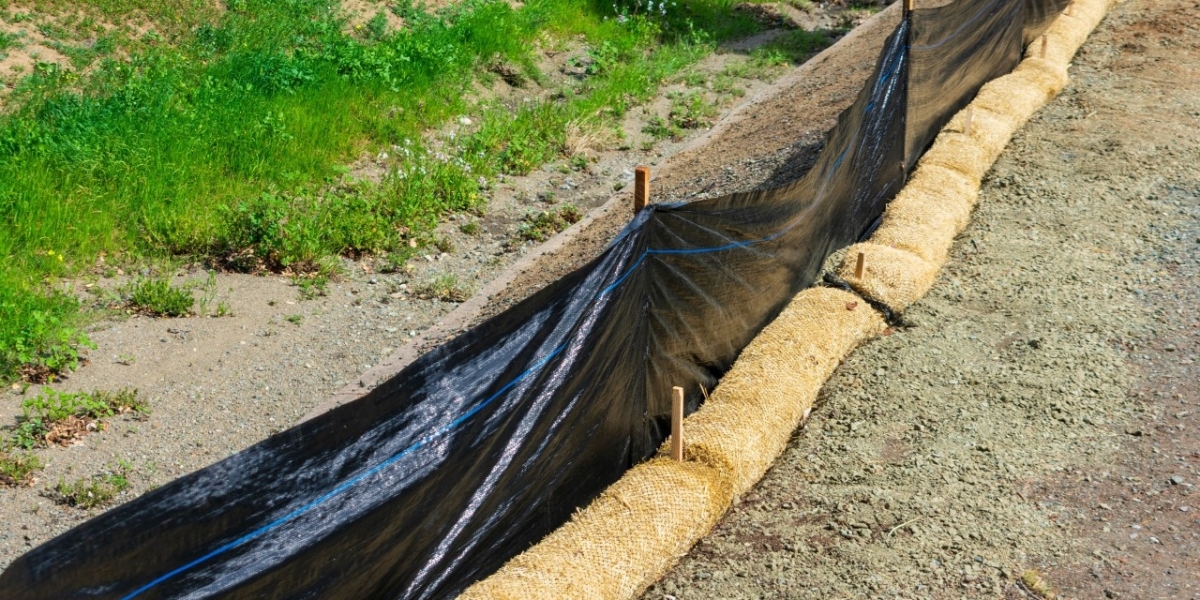Introduction
Erosion, a natural process that shapes landscapes, can have detrimental effects when human activities accelerate. Uncontrolled erosion leads to sediment runoff, threatening soil quality, waterways, and ecosystems. In recent years, the construction and environmental industries have turned to innovative solutions to mitigate these impacts, and one such revolutionary tool is the silt fence.
Understanding Erosion
Erosion occurs when water, wind, or human activities displace soil particles, leading to the degradation of landscapes. This process can result in sedimentation in rivers and lakes, negatively affecting water quality and aquatic life. To combat these issues, it's crucial to comprehend the factors contributing to erosion.
The Role of Silt Fences
Silt fences, often made from PP woven fabric, prevent erosion. These fences are barriers strategically placed in construction sites or areas prone to erosion. They act as a filter to trap sediment and prevent it from entering water bodies. PP woven fabric enhances the strength and durability of these fences, making them effective in various environmental conditions.
Benefits of Silt Fences
Sustainable Environmental Impact: Silt fences contribute significantly to environmental sustainability by reducing sediment runoff. This, in turn, protects water quality and preserves the health of aquatic ecosystems.
Economic Advantages: Construction projects benefit economically from the use of silt fences. By preventing soil erosion, these fences minimize the need for costly cleanup and restoration efforts, ultimately saving time and money.
Water Quality Improvement: Silt fences are a frontline defense against pollutants, preventing them from reaching water bodies. This proactive approach to water quality management aligns with the growing emphasis on sustainable practices in various industries.
Installation and Maintenance
Step-by-Step Installation: Installing silt fences involves careful planning and execution. Begin by excavating a trench and placing the PP woven fabric fence into the ground, ensuring proper anchoring. Backfill the trench and secure the top of the fence to supporting posts. This systematic installation process enhances the fence's efficiency in trapping sediment.
Maintenance Tips: Regular maintenance is vital to ensure silt fences function optimally. Inspect the fence regularly for any damage or wear, and promptly repair or replace damaged sections. Proper maintenance not only extends the life of the silt fence but also ensures ongoing erosion prevention.
Challenges and Considerations
While silt fences are highly effective, challenges such as heavy rainfall overwhelming the fence's capacity may arise. It's crucial to consider the specific environmental conditions and adjust the installation accordingly to address this. Also, disposal of accumulated sediment is essential to prevent unintended consequences downstream.
Future Trends and Innovations
As technology continues to advance, innovations in silt fence design are emerging. Some trends include integrating sensor technology to monitor sediment levels and exploring more sustainable materials for fence construction. These advancements position silt fences at the forefront of sustainable erosion prevention practices.
Conclusion
In the ongoing battle against erosion, silt fences, especially those crafted from durable materials like PP woven fabric, stand out as revolutionary tools. Their role in preserving soil quality, protecting waterways, and promoting sustainable construction practices is pivotal. By understanding the benefits, proper installation, and potential challenges, we can ensure that silt fences continue to play a crucial role in the ongoing effort to revolutionize erosion prevention and promote environmental stewardship.








